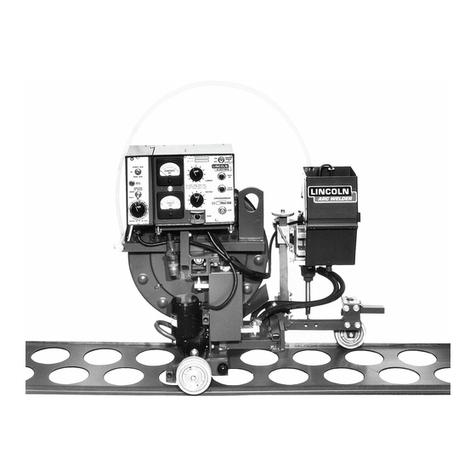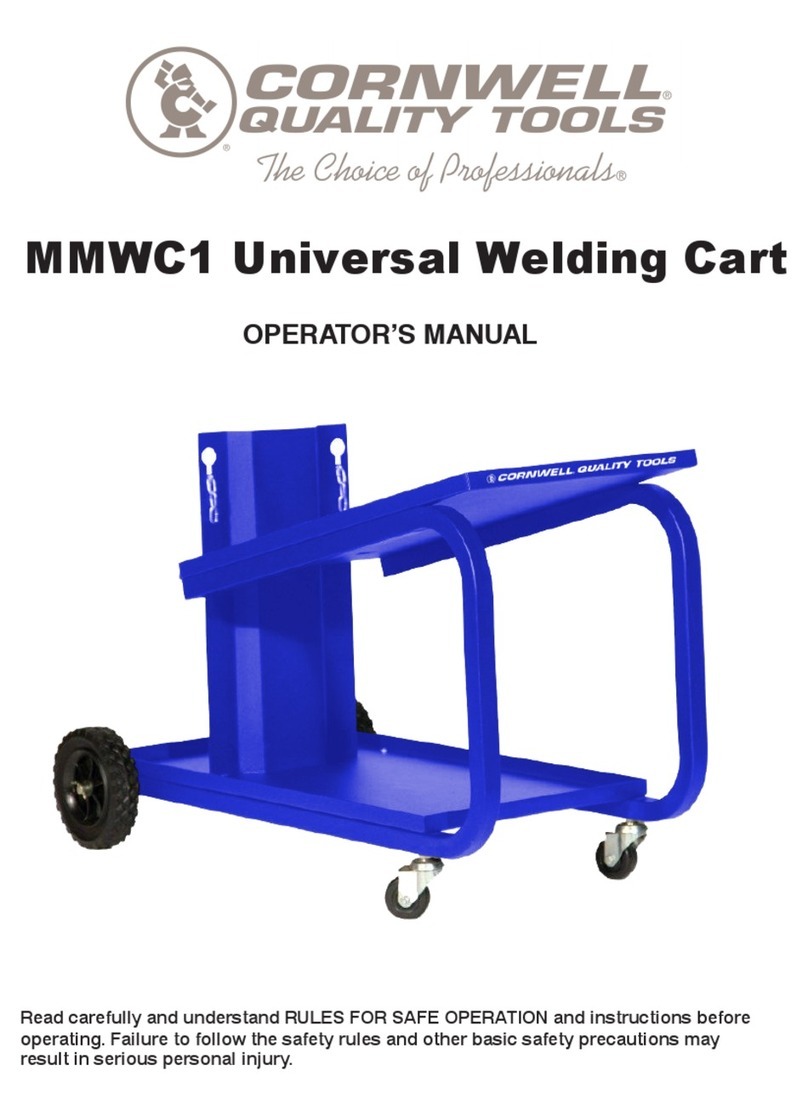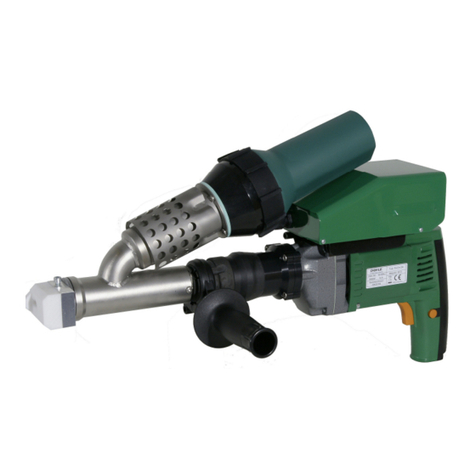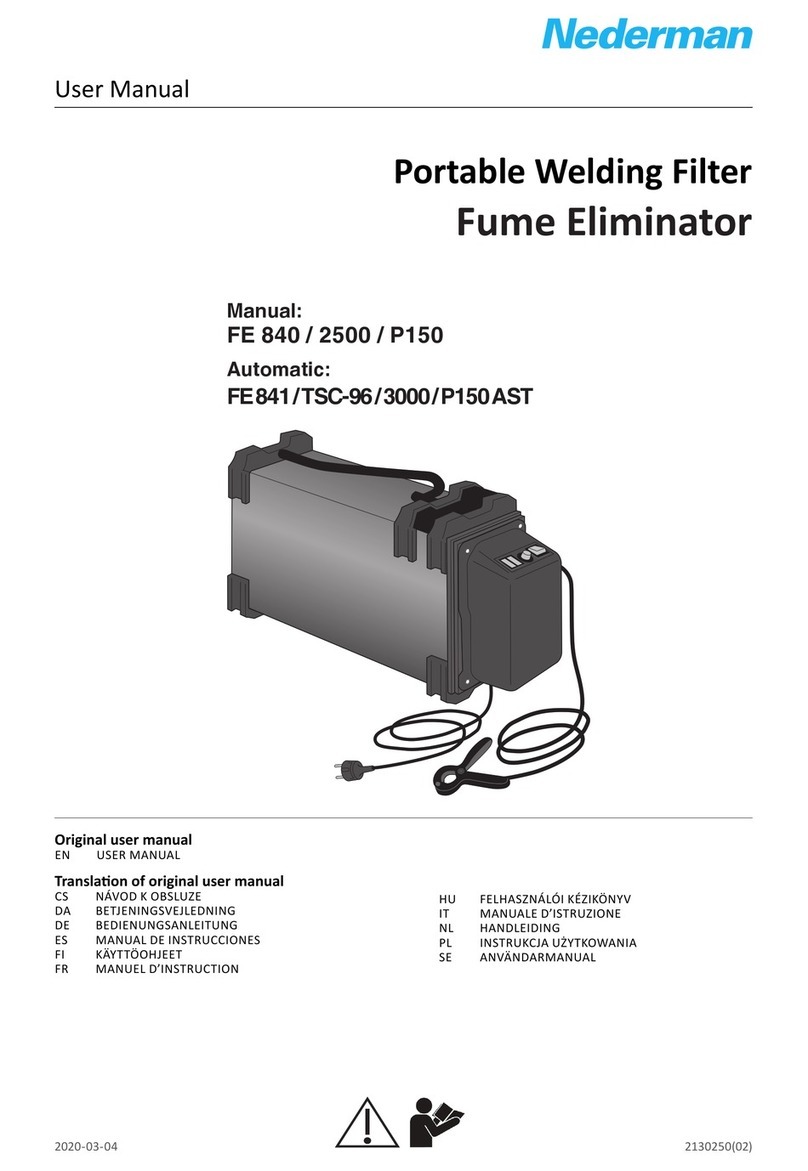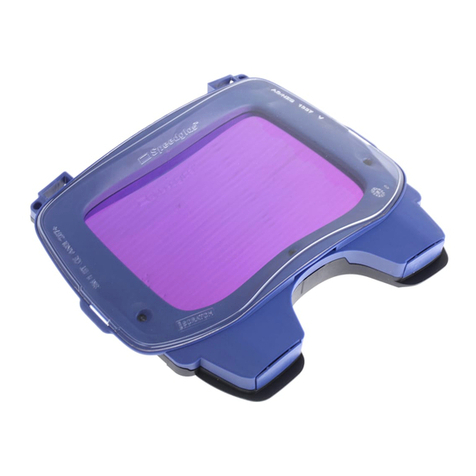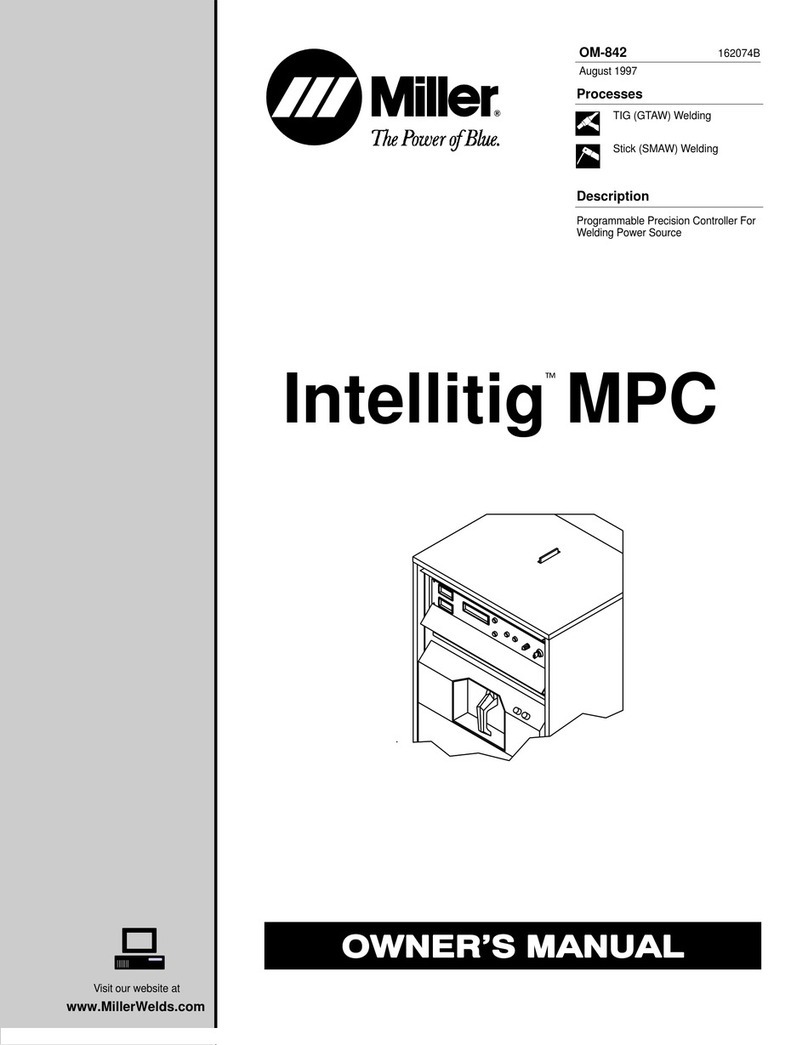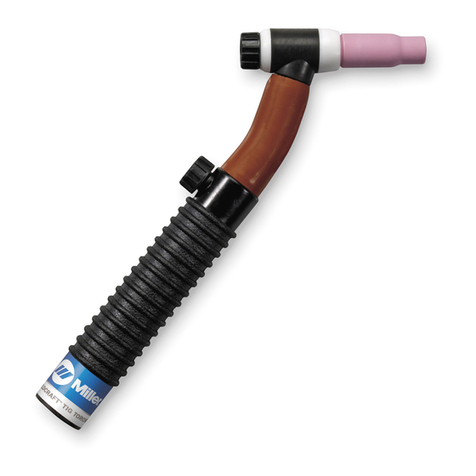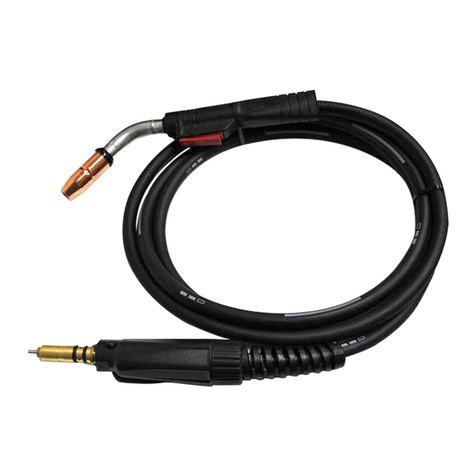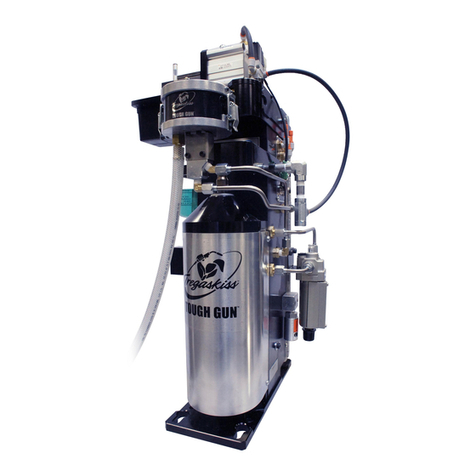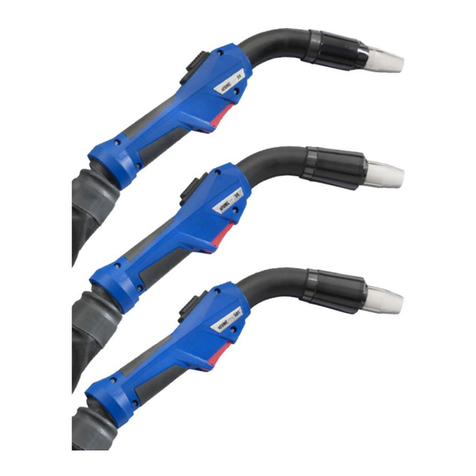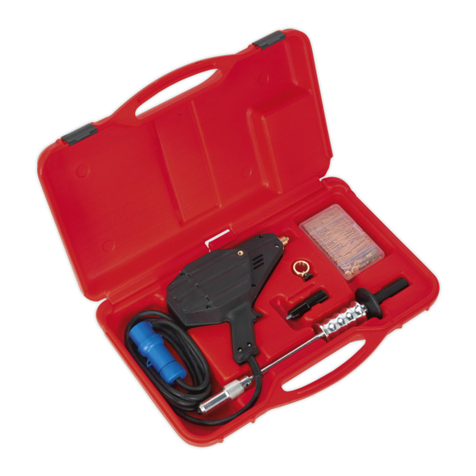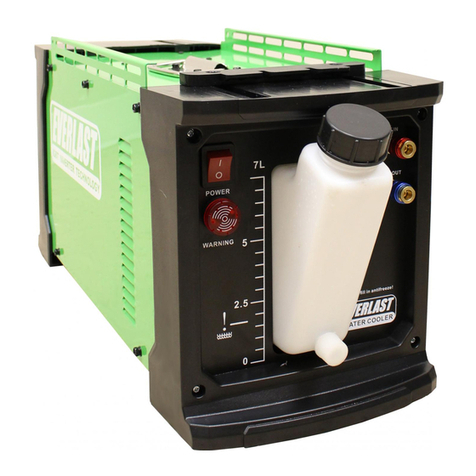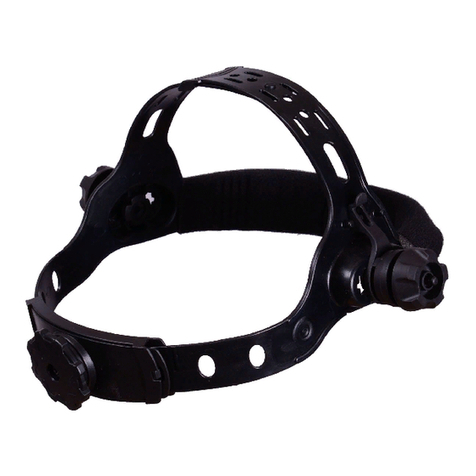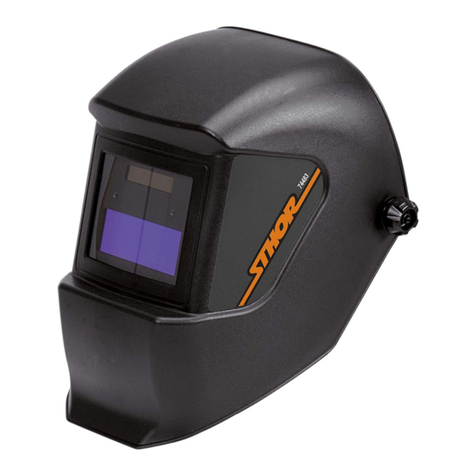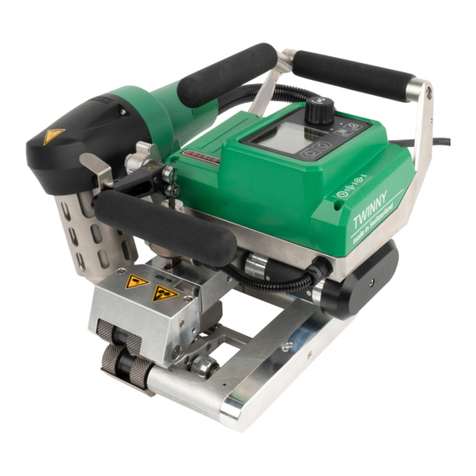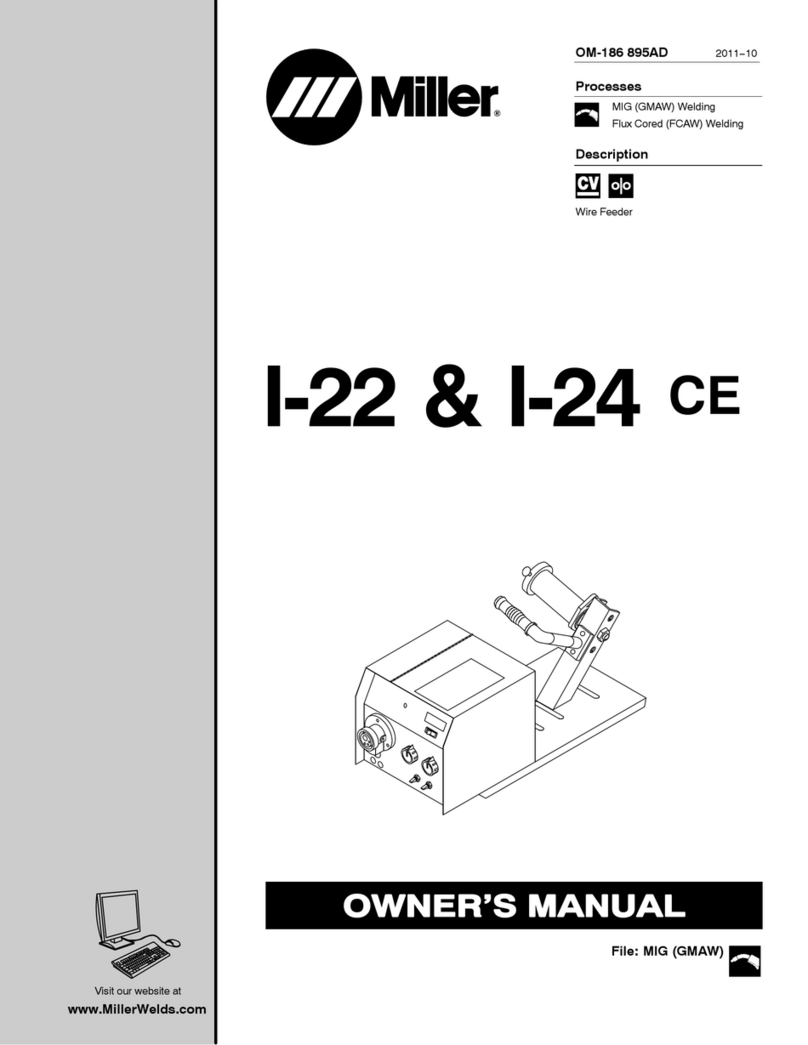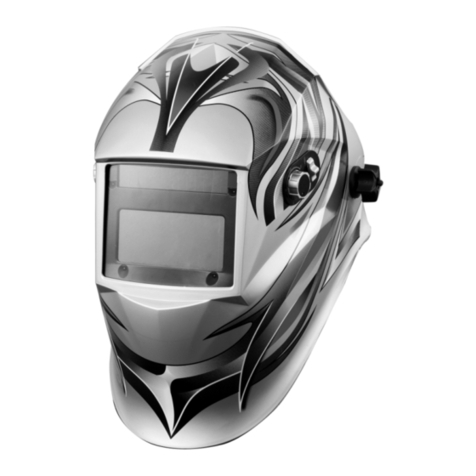10
Setup Guide
Getting Started
UNPACK YOUR CART.
Upon arrival, you will need to completely unpack your cart, and check
things over. Lay the parts out in an orderly fashion on an old towel,
or sheet on a floor or large flat surface. Make sure all parts are there.
The sheet/towel will help protect the unit from scratching during
assembly. You may need to arrange to have a helper to assist in
assembly as some of the parts are large and cumbersome. However,
it is not absolutely necessary if you have a wall or other xed vertical
surface to assist in assembly.
WHAT YOU WILL NEED TO PROVIDE.
You will need a limited amount of items to assemble this unit.
Make sure you have the following to assemble your cart:
TIME REQUIRED:
If you do not have a helper, expect to devote up to 1.5 to 2 Hours for
assembly and 15 minutes to read and review the manual. If you have
a helper, expect to budget 1-1.25 hours for assembly.
MISSING/DAMAGED PARTS?
Contact Everlast at 1-877-755-9353 ext 206 in the USA to order
missing or replacement parts for damaged items. If you are not in the
USA, contact your regional or national distributor for replacement
parts. During the shipping or assembly process, if your cart is
severely scratched, you may touch up the paint with a Satin Black
spray paint available in your local hardware or paint store.
Notice: Hardware such as fasteners and hitch pins are not available
individually for replacement and should be sourced locally if needed.
Usually fastener counts have enough or extra screws to complete
assembly, and extra effort is taken to ensure the presence of all
needed fasteners. However, in the regrettable event that a screw,
nut, washer or pin is missing, please source one locally. Everlast
does not stock individual fasteners for this cart. However, if the com-
plete fastener bag is missing, contact Everlast for replacement.
(2) 13mm or 1/2” Combination Wrenches.
(1) 8mm or 5/16” Combination Wrench.
(1) 9mm or 3/8” Combination Wrench.
(2) 6” or 8” Adjustable Wrenches. Optional. (May
be used if combination wrenches are not available.)
(1) #2 Phillips head screw driver.
(1) #3 Phillips head screw driver. Optional. (May
be used if 13mm/1/2” combination wrench is not
available due to hex head/screw driver slot combi-
nation design of bolts. Use adjustable wrench to
hold the other side in this case.)
IMPORTANT!
If you have access to a cordless drill or impact driver, you are welcome
to use it to expedite the assembly if you have the correct sizes. This
can cut assembly time in half.
However, reduce the torch setting on the clutch to a low setting to
prevent stripping of the prethreaded holes. Do not assemble in “drill”
mode, or full impact mode. If you cannot regulate the torque on your
drill/driver, do not use or screws or threads will be stripped.!
1 Fl Oz. of heavy oil or grease (axle grease) for
lubricating rear axle bearings.
IMPORTANT!
During assembly, leave all the screws and bolts loose until the sub
assembly or major part being assembled is completely assembled. If
you tighten as you go, you will have difculty aligning some holes and
making parts t together correctly. Once the sub assembly or part has
been completed, then you may proceed to tightening all related parts
together. This will speed up the assembly process as well.
WARNING!
Never operate or use this cart without both safety chain in place secur-
ing the cylinders. Always dismount regulators and cap cylinders when
not in use for more than 24 hours or when traveling long distances
with the cart.
DANGER!
Never use this welding cart on uneven ground, or on inclines. Over-
turn is possible. Severe injury or death can occur.
